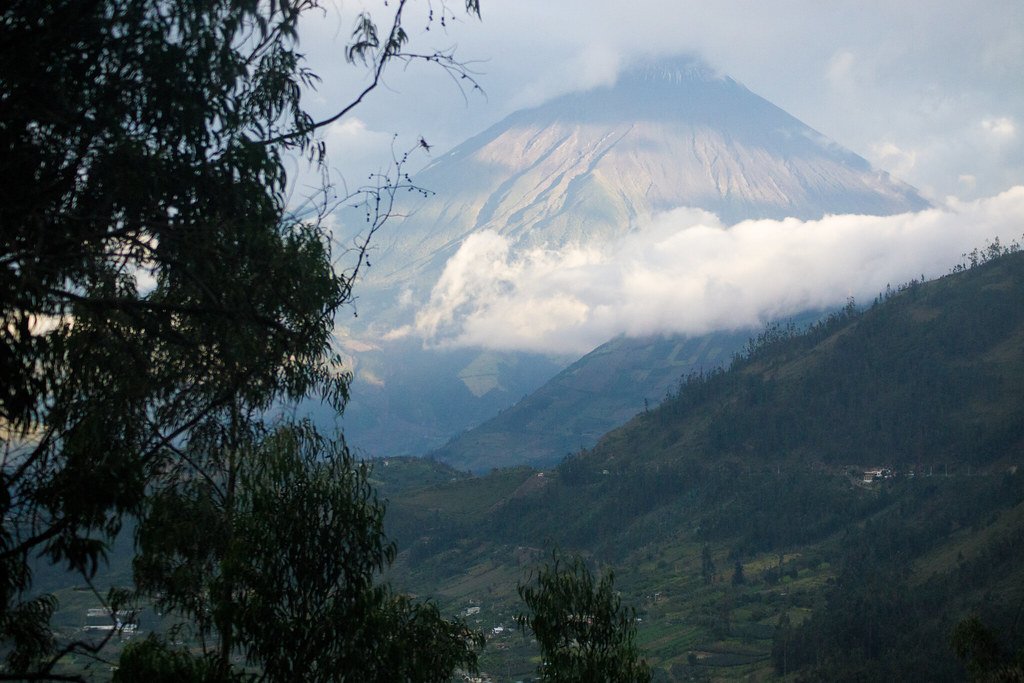Picture this: an angry mountain suddenly shattering the sky with a thunderous blast, raining ash and fire for miles around—while, on the other side of the world, another volcano quietly pours glowing rivers of lava, stretching lazily down its slopes like spilled honey. Why do these two volcanoes act so differently? What secret recipe decides whether a volcano will erupt with shocking violence or simply ooze its fiery insides? This is a story as old as the Earth itself, filled with drama, danger, and beauty. Let’s step right into the heart of the planet and explore why some volcanoes explode while others just ooze.
The Fiery Heart of a Volcano: Magma’s Mysterious Nature
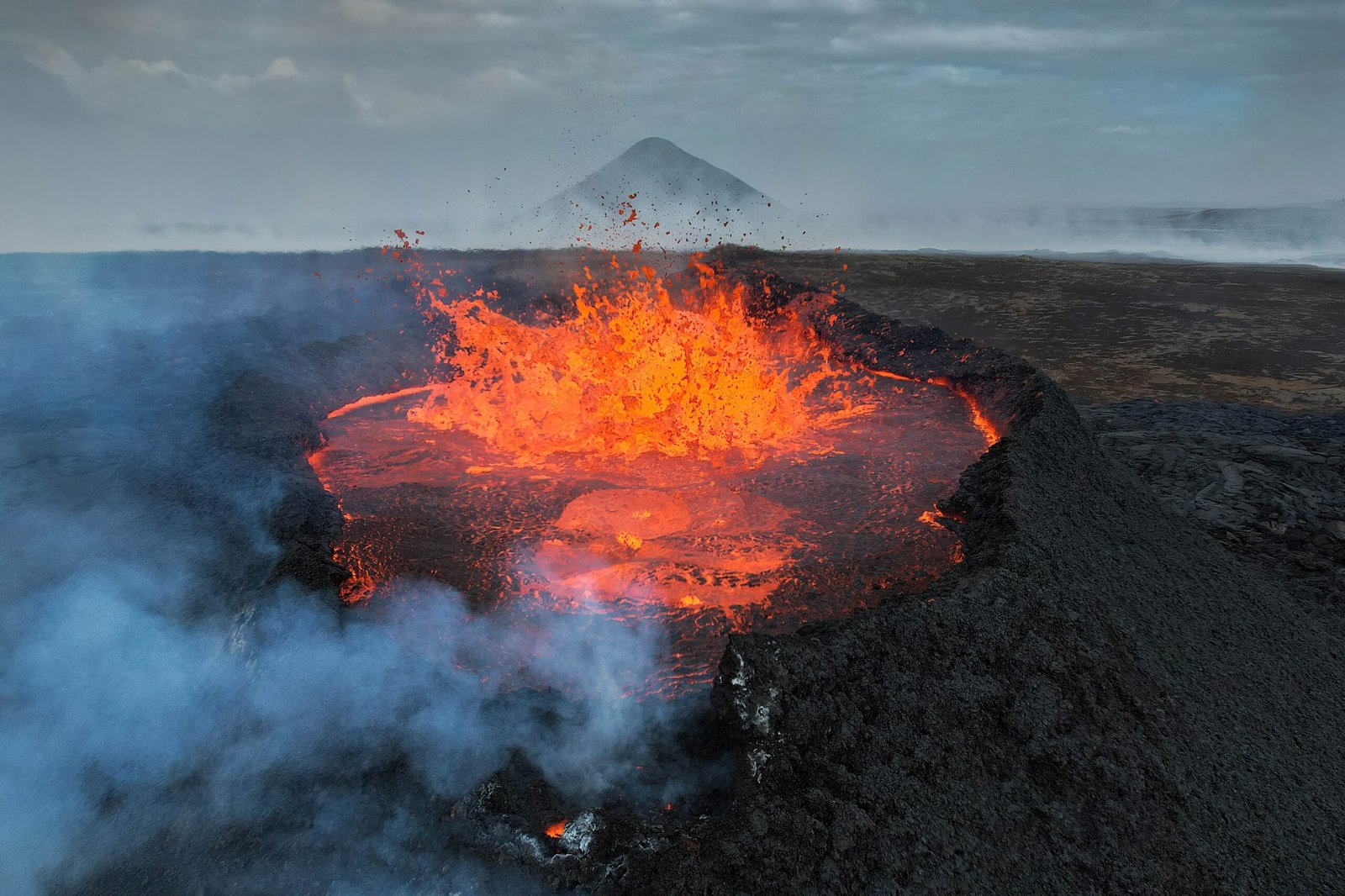
At the center of all volcanic activity is magma, a molten mixture of rock, crystals, gases, and sometimes even bits of the Earth’s crust. Magma is like a bubbling cauldron that can change its behavior based on what’s inside. If the magma has a lot of gas and is thick like peanut butter, it can trap pressure until it bursts. If it’s runny, like syrup, the gases escape easily, and it flows calmly. The chemistry of this underground soup is the very first clue to a volcano’s personality.
Silica: The Secret Ingredient That Changes Everything
The amount of silica in magma is a game-changer. Silica acts like flour in a cake: more of it makes the mixture thicker and stickier. High-silica magma creates explosive eruptions because it traps more gas, leading to higher pressure. Low-silica magma is runnier, allowing bubbles to escape and lava to flow gently. This simple difference in silica content can mean the difference between a volcanic bombshell and a slow-motion lava show.
Bubbles and Booms: The Role of Volcanic Gases
Magma isn’t just hot rock—it’s packed with dissolved gases like water vapor, carbon dioxide, and sulfur dioxide. When magma rises, the pressure drops, and gases form bubbles, much like opening a soda bottle. In sticky magma, these bubbles can’t escape, causing pressure to build until the volcano finally explodes. In runnier magma, bubbles drift up and out, letting the volcano ooze without drama.
Plate Tectonics: The Giants Beneath Our Feet
Volcanoes are born where the Earth’s giant plates meet and move. Explosive volcanoes often form at subduction zones, where one plate dives beneath another, melting and mixing with oceanic sediments—this creates thick, gas-rich magma. Meanwhile, shield volcanoes, famous for their slow lava flows, usually sit atop hotspots or rift zones where the Earth’s crust is thinner and magma rises straight from the mantle, staying fluid and low in gas.
Shield Volcanoes: The Gentle Giants
The classic example of an oozing volcano is the shield volcano, like those in Hawaii. Their broad, gently sloping sides are built by countless, quiet lava flows that stretch for miles. The lava here is basaltic—dark, runny, and poor in silica. Watching these volcanoes is like watching a pot of soup simmer: mesmerizing, steady, and surprisingly calm, even though the temperatures are scorching.
Stratovolcanoes: Masters of Mayhem
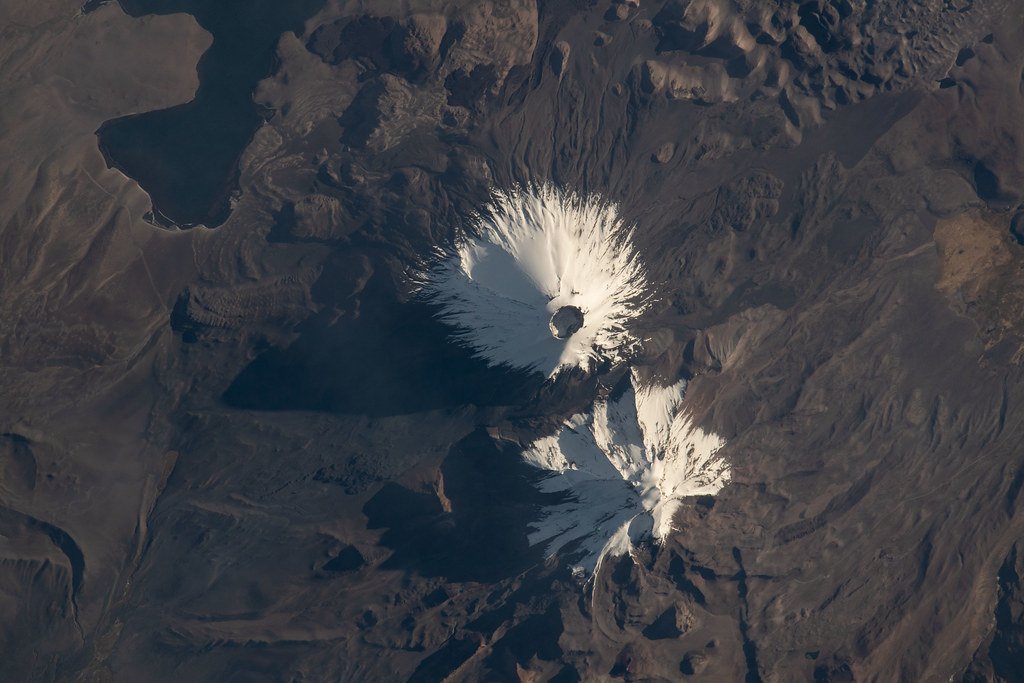
Stratovolcanoes are the drama queens of the volcanic world. Towering, steep-sided, and unpredictable, these mountains—like Mount St. Helens or Mount Fuji—are made from alternating layers of ash and lava. Their magma is rich in silica and gas, making eruptions sudden and explosive. When they go off, it’s with a fury that can reshape landscapes and history.
Calderas: The Aftermath of Catastrophe
Sometimes, explosive eruptions are so powerful that they empty the magma chamber beneath a volcano. The ground above collapses, forming a giant depression called a caldera. Yellowstone is a sobering example—its ancient super-eruptions left a scar so big it’s visible from space. Calderas are reminders of the unimaginable power locked beneath our feet.
Lava Domes: The Pressure Cookers
Lava domes form when thick, sticky lava piles up around a vent, unable to flow far. These domes can slowly grow for months or years, but when pressure builds too high, they can unleash sudden, deadly explosions. The 1902 eruption of Mount Pelée destroyed an entire city when its lava dome collapsed—proof that even slow-growing volcanoes can be terrifyingly dangerous.
Lava Tubes and Rivers: The Beauty of Fluid Lava

When lava is especially runny, it can carve out spectacular tubes and channels as it rushes downhill. These underground passageways allow lava to travel miles from its source, creating surreal formations and glowing rivers at night. Hawaii’s lava tubes are so impressive that explorers and tourists flock from around the world just to step into these fiery tunnels of time.
Volcanic Ash: The Airborne Threat
Explosive eruptions don’t just throw rocks—they launch clouds of fine ash high into the sky. This ash can blanket cities, disrupt flights, and even change the weather by blocking sunlight. The 2010 eruption of Eyjafjallajökull in Iceland grounded planes across Europe, showing how a single explosive volcano can ripple across the globe in unexpected ways.
Pyroclastic Flows: The Fastest Killers
Some of the most terrifying volcanic hazards are pyroclastic flows—scorching avalanches of gas, ash, and rock that race down slopes at highway speeds. These are unleashed by explosive eruptions and are so hot and fast that nothing in their path survives. In 79 AD, Mount Vesuvius buried Pompeii in moments with a pyroclastic onslaught, preserving a tragic snapshot of life and death.
Lahars: When Fire Meets Water
Sometimes, volcanoes mix with water, creating deadly mudflows called lahars. Explosive eruptions can melt snow and ice or trigger heavy rains, sending torrents of mud, ash, and debris roaring down valleys. Lahars move like wet concrete, destroying everything in their path. The 1985 eruption of Nevado del Ruiz in Colombia killed thousands with a single devastating lahar.
Volcanoes Under the Sea: Hidden Explosions
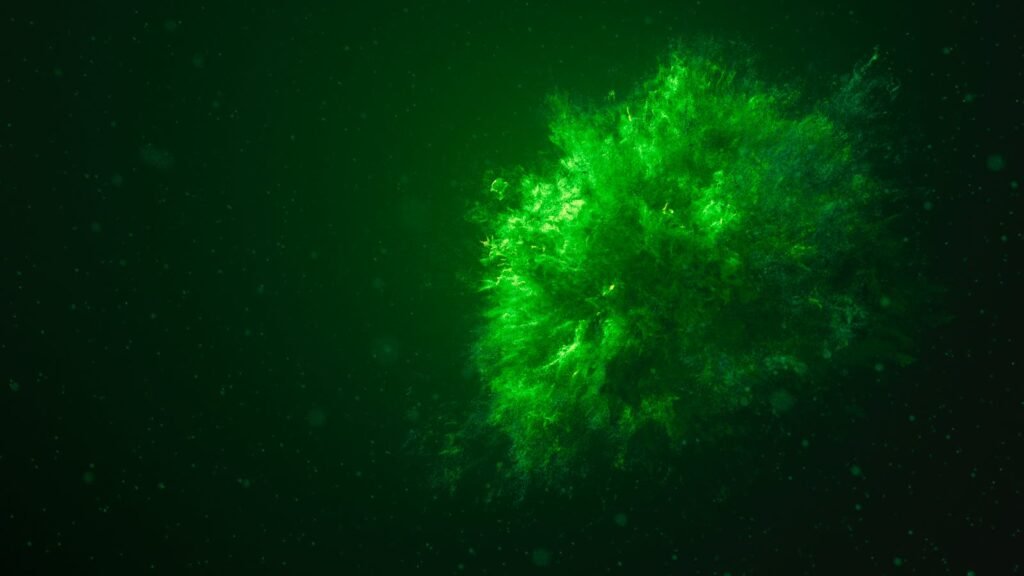
Most of Earth’s volcanic activity actually happens underwater, where lava oozes quietly along the mid-ocean ridges. But sometimes, underwater volcanoes can explode too, creating new islands or sending giant plumes of ash and pumice to the surface. The eruption of Hunga Tonga-Hunga Ha’apai in 2022 stunned scientists with a blast that circled the planet in shockwaves.
Hotspots: The Birthplaces of Gentle Lava
Hotspots are like blowtorches fixed deep in the Earth, creating chains of volcanoes as plates drift overhead. The Hawaiian Islands are the poster child for hotspot volcanoes, where lava flows steadily and predictably. These eruptions are usually not explosive because the magma is low in silica and gas, providing a safe laboratory for scientists to study volcanic processes up close.
The Influence of Crust Thickness
The thickness of the Earth’s crust above a magma chamber can also influence eruption style. Thick crust can trap magma for longer periods, allowing more gas to build up and increasing the risk of explosive eruptions. Thinner crust, on the other hand, lets magma reach the surface more quickly, leading to gentler, oozing flows. This simple difference beneath our feet can spell the difference between disaster and spectacle.
Eruption Triggers: What Makes a Volcano Blow?
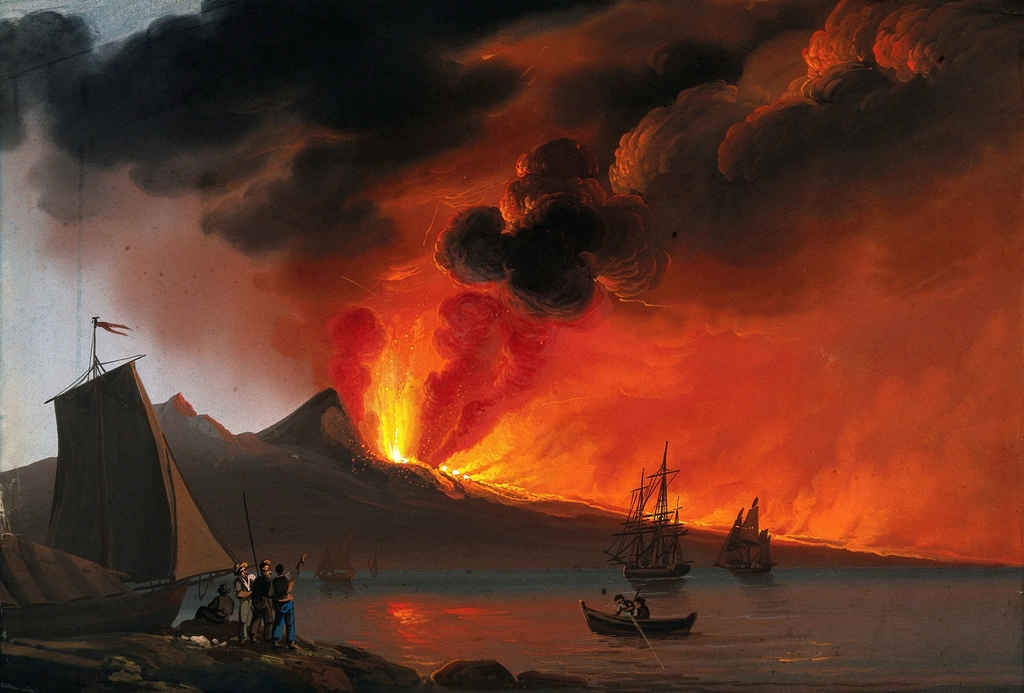
Sometimes, a volcano can sit quietly for centuries, only to explode without warning. Earthquakes, rising magma, or even heavy rains can act as triggers, disturbing delicate pressure balances and unleashing the fury within. These triggers remind us that volcanoes are never truly asleep—they’re just waiting for the right nudge to wake up.
Volcano Monitoring: Science on the Edge
Today, scientists use everything from satellites to seismometers to try and predict when a volcano will erupt. By measuring gas emissions, ground movements, and even tiny earthquakes, researchers hope to give people more time to prepare. This work is a race against time, filled with tension and hope, as communities living in the shadow of volcanoes look to science for warning and wisdom.
Volcanoes and Human History: Awe and Fear
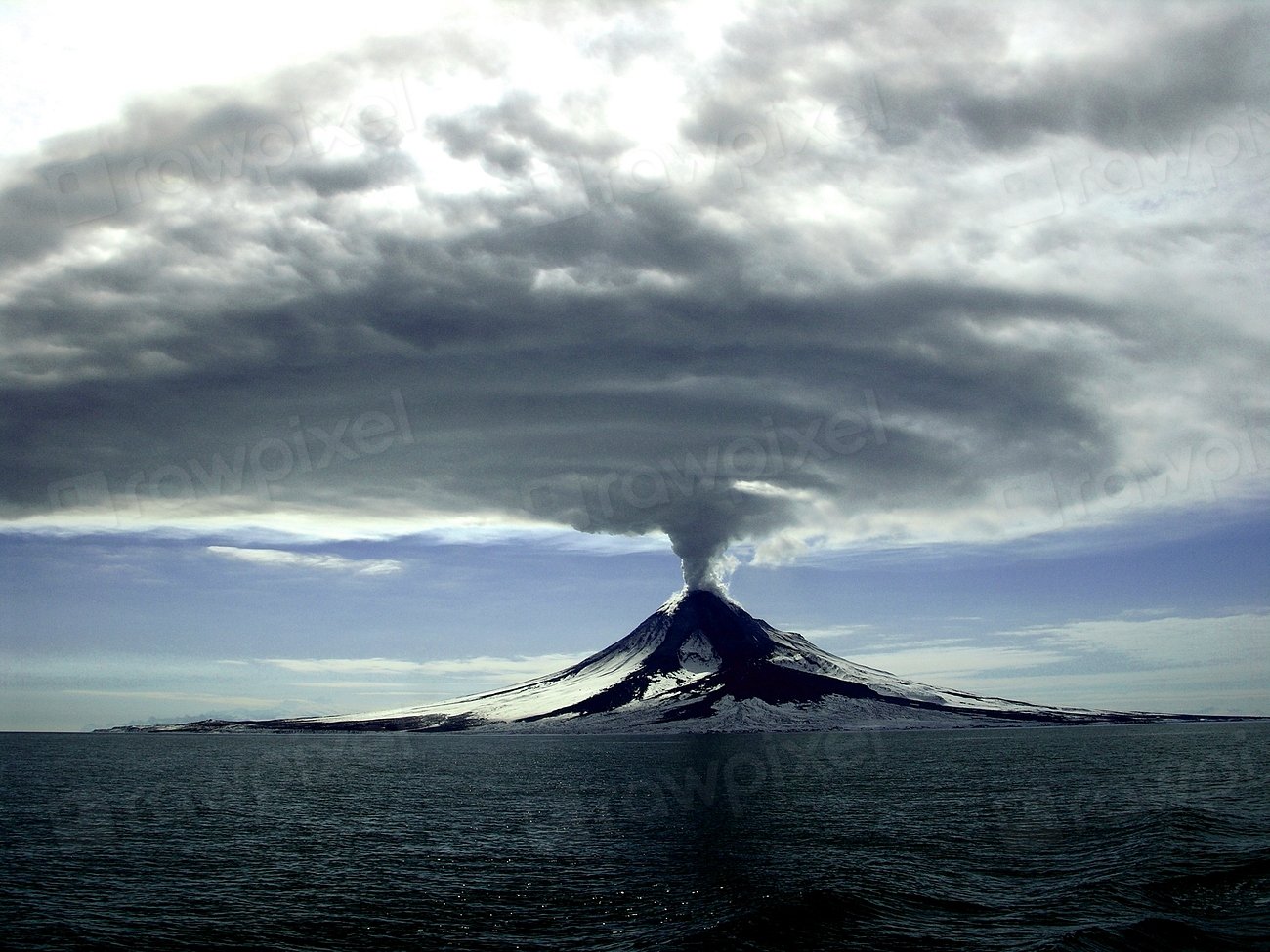
Volcanoes have shaped civilizations, inspired legends, and left scars on our collective memory. Cities like Pompeii, villages in Indonesia, and even modern towns in Hawaii have all felt the power of volcanic eruptions. Some cultures revere volcanoes as gods or spirits, while others fear their unpredictable wrath. Our relationship with these fiery mountains is as complex as the volcanoes themselves.
The Unpredictable Future of Volcanic Eruptions
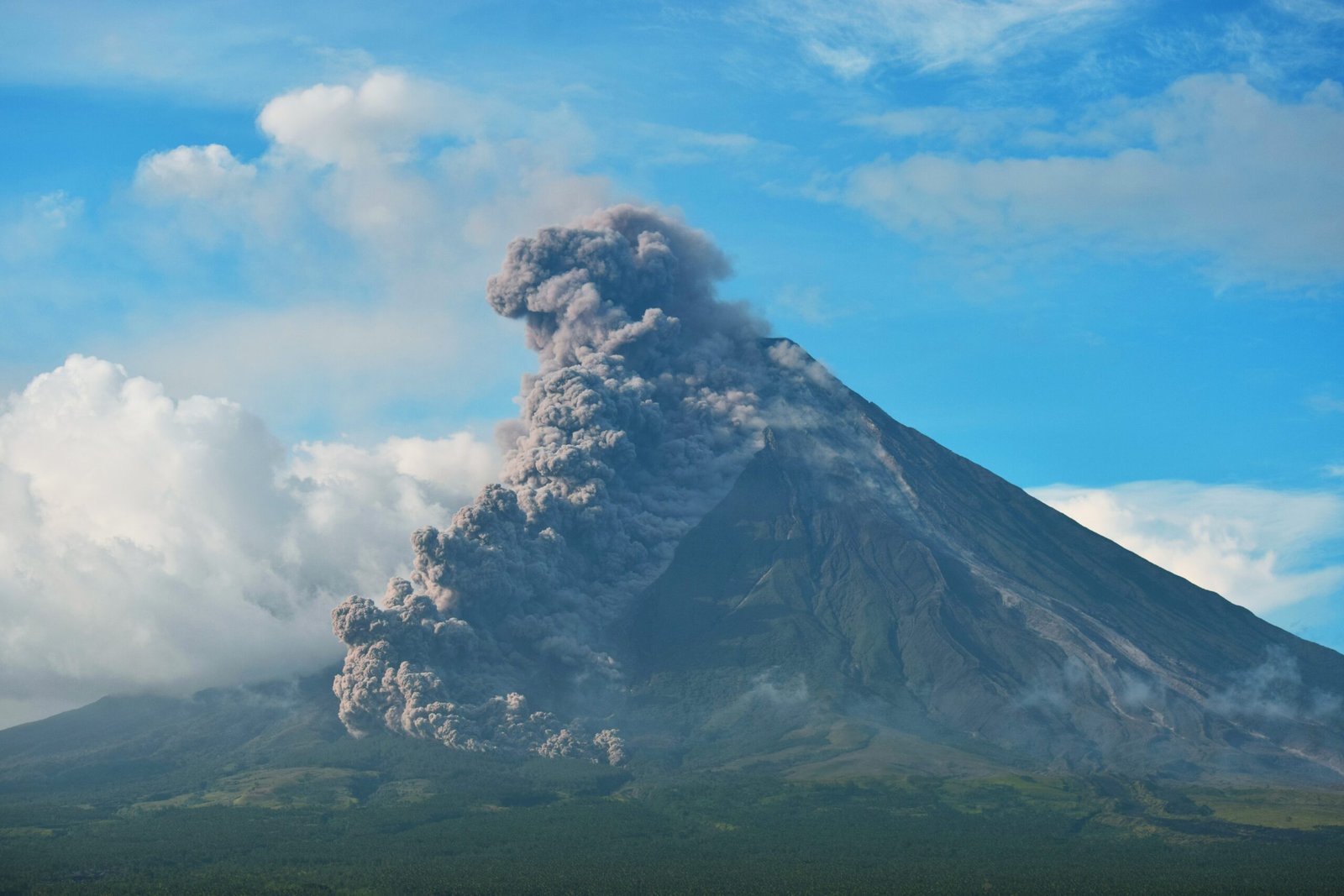
Scientists are only just beginning to understand the complex chemistry and physics behind volcanic eruptions. As our planet changes, so too may the behavior of its volcanoes. Climate shifts, tectonic movements, and even human activities could influence future eruptions in ways we can’t yet imagine. The only certainty is that volcanoes will continue to command our awe and respect, reminding us of Earth’s raw and restless power.


